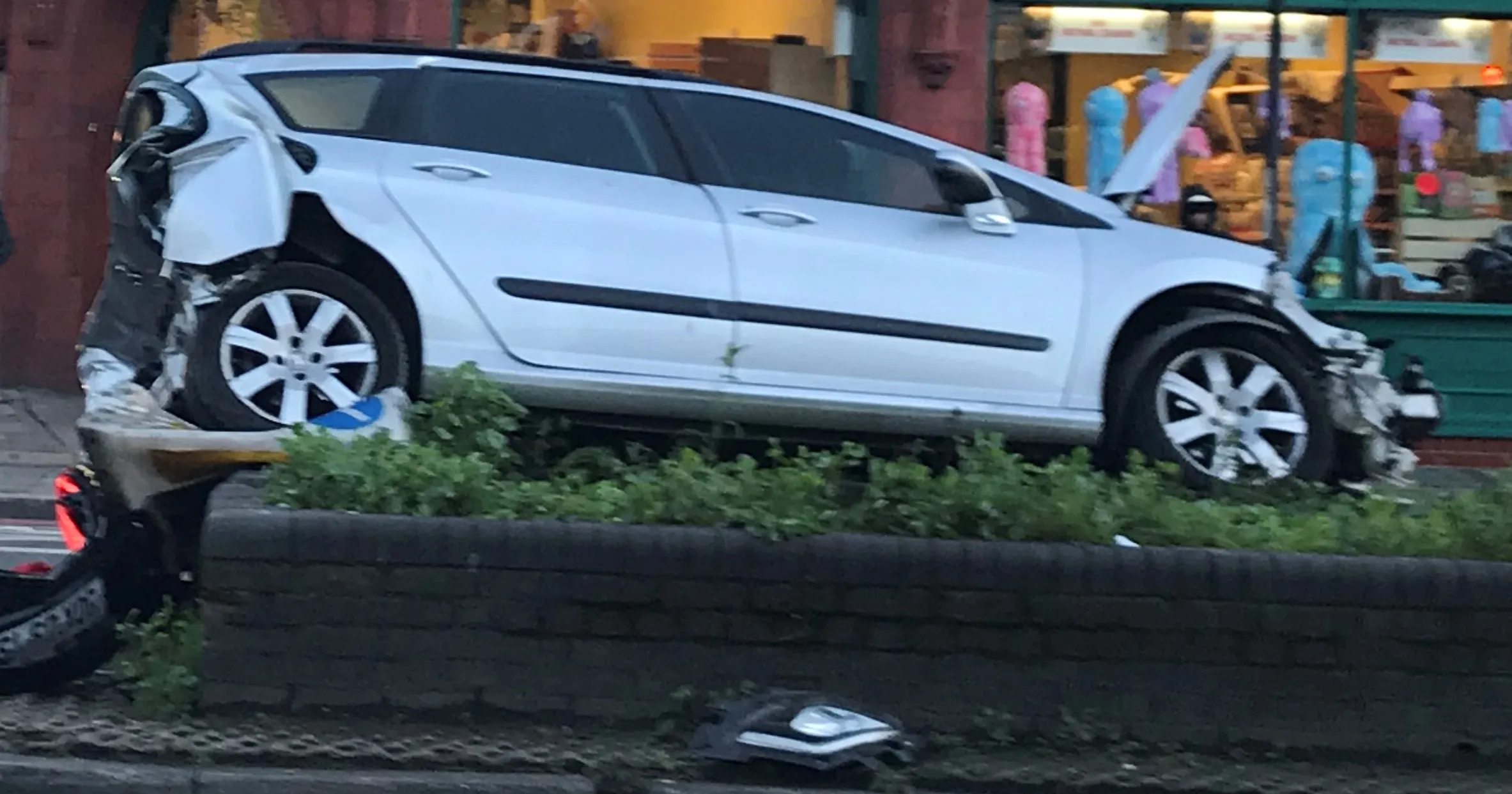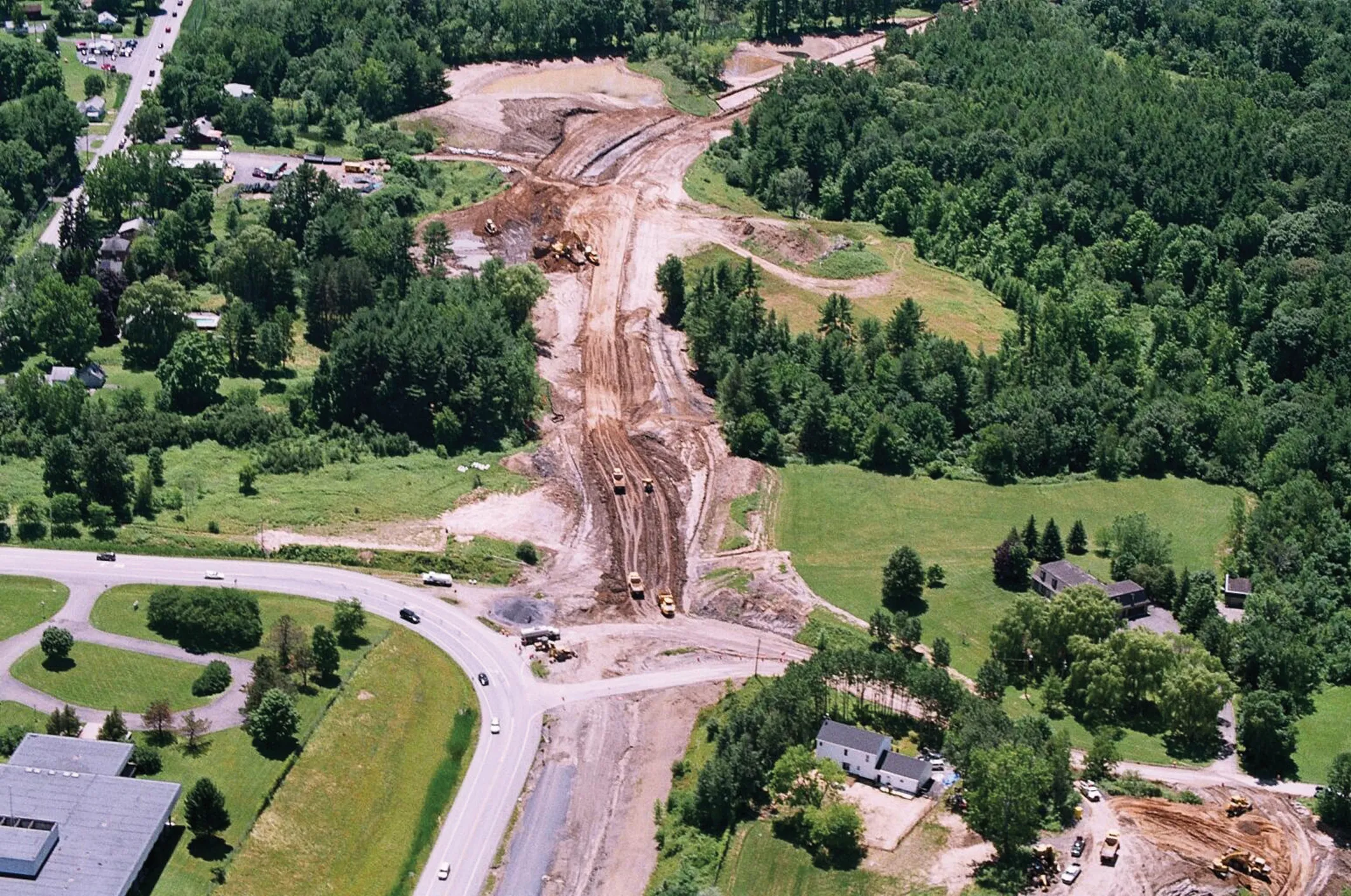A cyclist in the UK has been sought after a very close call at a rail crossing. The barriers had dropped and warning lights were flashing when the cyclist rode up on his bicycle. Rather than waiting, the impatient cyclist hoisted his bicycle over the barrier and attempted to cross. Another person waiting at the crossing shouted concernedly that the man should wait but received an earful of abuse in return. At that point a train passed through the crossing, its driver seeing the cyclist and sounding his horn
October 12, 2017
Read time: 1 min
A cyclist in the UK has been sought after a very close call at a rail crossing. The barriers had dropped and warning lights were flashing when the cyclist rode up on his bicycle. Rather than waiting, the impatient cyclist hoisted his bicycle over the barrier and attempted to cross. Another person waiting at the crossing shouted concernedly that the man should wait but received an earful of abuse in return. At that point a train passed through the crossing, its driver seeing the cyclist and sounding his horn. The impatient cyclist managed to avoid being hit by the train by a few centimetres, although the train driver has since had to have counselling due to the incident.









